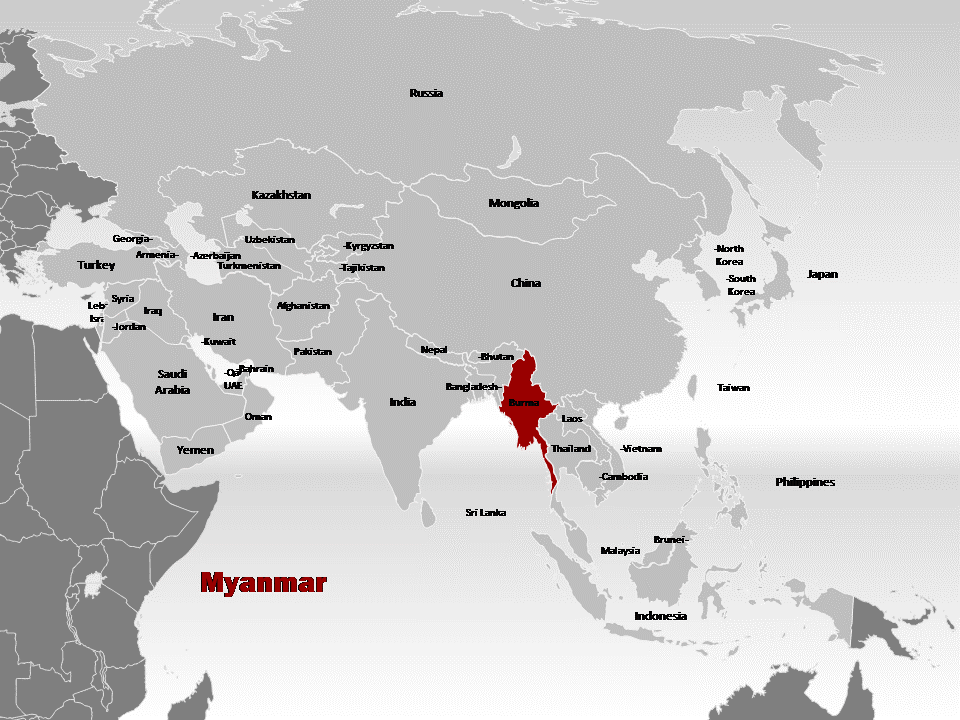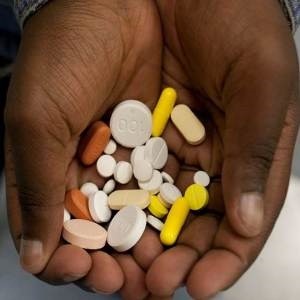
“Doctor please help me I cannot breathe well. Please give me some medicine so that I can get better soon and go back to work”
said patient M, who has suffered from TB for a second time, to the rural clinic doctor in the TB Township health centre in the Amarapura Township of Myanmar. Those conversations are the ones that I heard every day while working as a volunteer doctor at the remote mobile TB clinic at Amara Pura Township, Mandalay, Myanmar.
According to the Global Fund, Myanmar is among the top 30 countries for high TB burden, and high TB and HIV coinfection. There are 9300 patients having MDR TB and only 300 patients receiving treatment.
Many patients come to hospital or health clinics to relieve the symptoms as soon as possible and to get cured. However, in the case of TB, long term treatments are needed to be given and, therefore, patient corporation is very important. In Myanmar, many TB patients develop MDR and XDR TB because of lack of long-term compliance to treatment. There are many challenges facing patients, living in rural area of Myanmar, to receive a TB cure.

Situations that hinder patients from being cured include:
- Most of the patients tend to come to hospital, health care center or clinics only when the conditions are worse and deteriorating
- They have very low nutritional status
- They fear the side effects of medication
- They trust and rely on traditional medicine other than the TB medication.
- Lack of reliable Health Insurance System
- They sell some or all of their drugs given by the hospital to dealers
- Lack of Health Education
- Poverty: many people live with income less than 10 dollars per day
- Social pressure to avoid admitting sickness for fear of losing jobs
- Most of the families are extended, living in a shared crowded home, with poor ventilation.
For a doctor working in the rural health center of Myanmar, the very first challenge is to get the correct diagnosis of TB by using sputum samples. After the diagnosis is confirmed, the second challenge is to persuade patients to receive the treatment. The third and most important challenge is to make sure the patients remain compliant to long term treatments. At the tip of the iceberg, there are a small number of patients actually come to the clinic to treat the symptoms and take the treatment, among them only those who come to the regular follow-ups are eventually cured. However, the large population of patients are still hidden in the submerged layer within communities and are harder to reach, these individuals do not receive treatment. Nevertheless, until poverty is reduced, and the social-economic status of individuals improves, there will still be a long and hard journey to achieve the effective cures for TB in rural areas of Myanmar.
Ref: The Global Fund: Myanmar Overview
Brief description about the author

I am KK THWE SUNN. Graduated MBBS from University of Medicine 1 Yangon, Myanmar. I worked as a junior doctor in New Yangon General Hospital which is under the government hospitals of Myanmar.
I had volunteered for several rural districts in Myanmar (Amarapura, and Mandalay) and worked for TB campaign, Obstetrics care and Pediatrics health care programs.